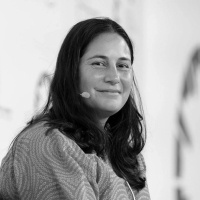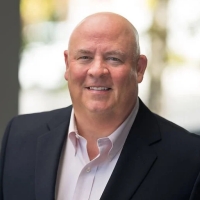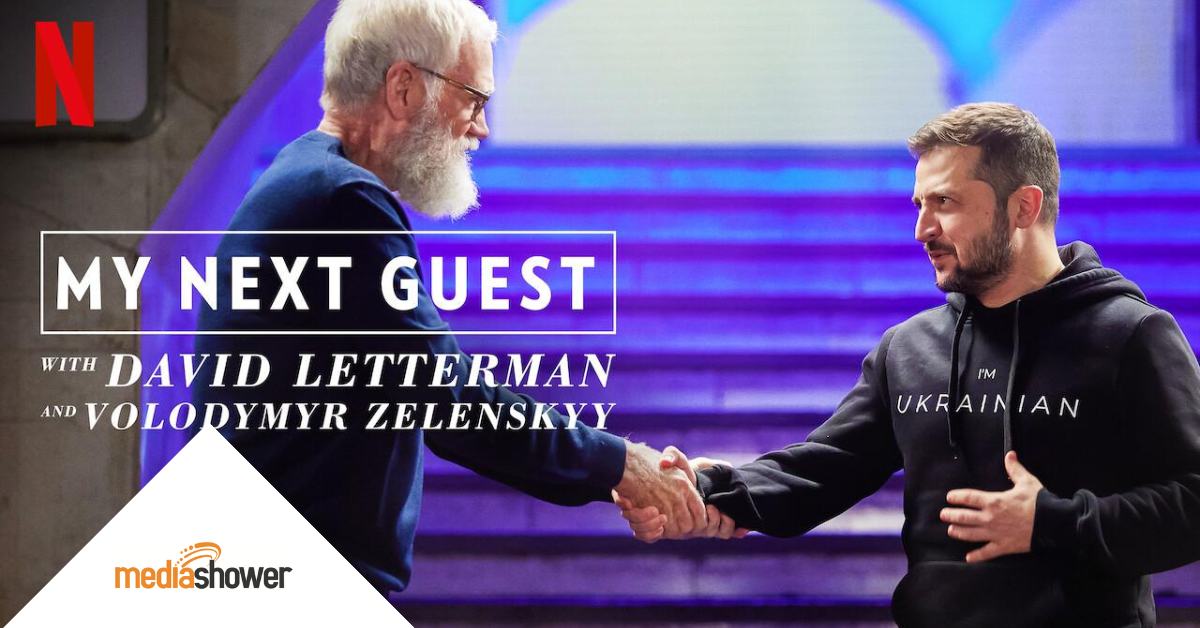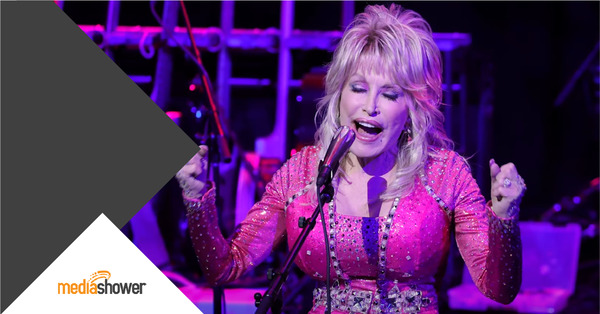
These days, conversations too often collapse into conflict. That’s why the most effective communicators are doing something different. They’re listening better instead of speaking louder. They’re turning disagreement into dialogue.
And we want to highlight them.
For marketers, communicators, and leaders, bridge-building skills are essential. Audiences are more fragmented, more skeptical, and more emotionally charged than ever. To connect meaningfully, messaging must go beyond what divides us, to what unites us.
In this post, we’ll help you learn this skill for yourself by showing examples of modern-day bridge builders, and their tools (active listening, moral reframing, structured dialogue) that you can use to create a powerful new playbook.
Bridge-Building Influencers
Here are the people who are not just chasing pageviews, but chasing peace.
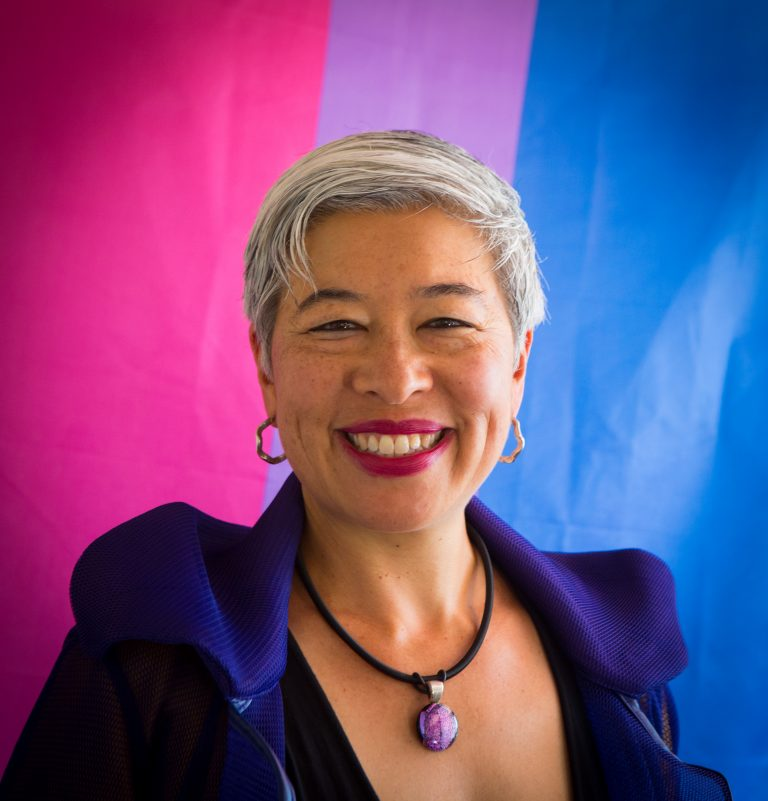
Tania Israel, the listener’s playbook
taniaisrael.com
LinkedIn
Psychologist and author Tania Israel focuses on a deceptively simple skill: listening. Her book Beyond Your Bubble provides tools for navigating conversations across political lines without defensiveness or condescension.
She teaches strategies such as:
- Using “I” statements. Framing comments through personal experience, not accusation, lowers resistance.
- Practicing active reflection. Repeating back what’s heard confirms understanding and defuses tension.
- Recognizing emotional signals. Naming emotions reduces escalation and increases empathy.
This approach is particularly valuable for communicators managing conflict-sensitive feedback or working in emotionally charged environments. It helps create space for understanding, lowers defensiveness, and fosters trust, even when conversations are tense or stakes are high.

Robb Willer, the reframer
robbwiller.org
LinkedIn
Robb Willer approaches persuasion from a different angle. As a sociologist, he’s spent years studying why some messages break through and others fall flat. His big insight is that the most effective communication connects deeper without pushing harder.
Willer’s research on moral reframing shows that people listen better when messages reflect their existing values. For example, conservatives are more likely to support environmental policies when framed around purity or patriotism instead of fairness or harm.
For marketers and communicators, it’s a reminder that understanding your audience’s values is the key to being heard. It’s a lesson in alignment, not manipulation.
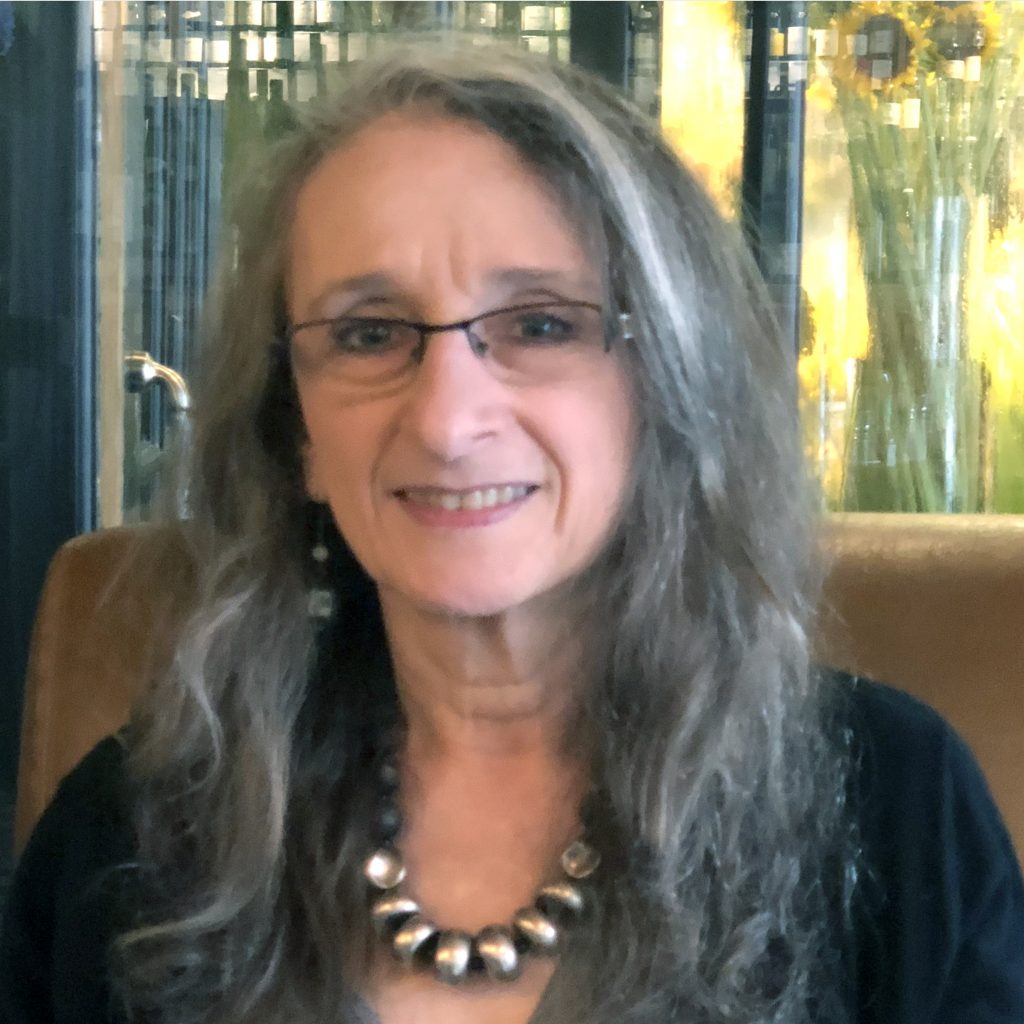
Alice Lombardo Maher, the dialogue architect
alicelmaher.org
LinkedIn
Alice Lombardo Maher builds tough conversations with intention. As the founder of Waging Dialogue, she creates structured spaces where people feel safe enough to speak honestly and listen fully.
Her approach is part psychology, part facilitation design. Think ground rules, timed turns, and small-group structure. Instead of silencing disagreement, she gives it room to breathe without derailing the conversation.
In workplaces, her methods are a game-changer. When teams are facing cultural tension, organizational change, or value misalignment, structure can turn a difficult meeting into a breakthrough moment.

Juliana Tafur, the translator
berkeley.edu
LinkedIn
Juliana Tafur is a documentary filmmaker, a facilitator, and a connector who brings science and storytelling together. She also humanizes research. Working with the Greater Good Science Center at UC Berkeley, she turns data and theory into tools real people can actually use.
What makes her stand out is how she gets people to see each other, really see each other. Her workshops are grounded in empathy and backed by evidence. She skips the fluff to focus on practical ways to build understanding through story.
For brands and communicators trying to turn values into action, Juliana offers a rare blueprint: Lead with heart, support with facts.
Samar Ali and Clint Brewer, the friends who stayed friends
millionsofconversations.com
LinkedIn
imperiumstrategiesllc.com
LinkedIn
Samar Ali, a Democrat and Muslim, and Clint Brewer, a Republican and Christian, share a rare story: a strong friendship that has endured despite deep political differences. Their relationship illustrates how trust, respect, and curiosity can teach how to talk across political divides.
The duo serves as a model for political communication strategies and relationship-first communication. Disagreement is not a threat but an opportunity for growth. For brand leaders and managers, the takeaway is clear: Sustained relationships are more powerful than any single message.
Bridge-Building Organizations
While individuals can model bridge-building in powerful ways, organizations can help it scale.
Braver Angels
braverangels.org
Facebook
Braver Angels runs Red/Blue workshops where small groups of people from opposite political perspectives meet with a structure that includes listening rounds, reflection, and moderated turns. Their goal is to reduce contempt and restore trust.
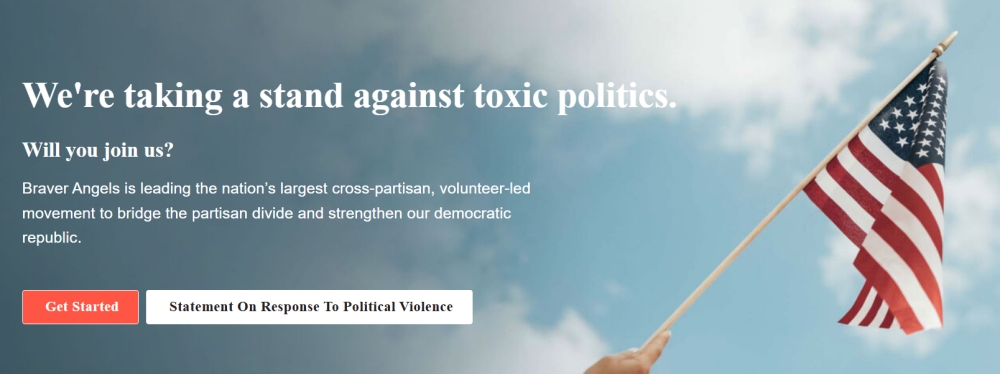
A multi‑university study found that when people took part in guided reciprocal reflection sessions, they felt less politically polarized, based on what they said and how they felt.
It’s not perfect: Researchers note that effects can dampen over time. But participants often report that they feel more understood and more willing to see nuance.
Scaling must lean on repeat engagement, reinforcement, and community. One workshop is touching, but long-term change needs structure.
Essential Partners
whatisessential.org
YouTube
Essential Partners helps institutions design meaningful conversations. Their work lives in boardrooms, communities, and schools, teaching how to talk across fault lines.
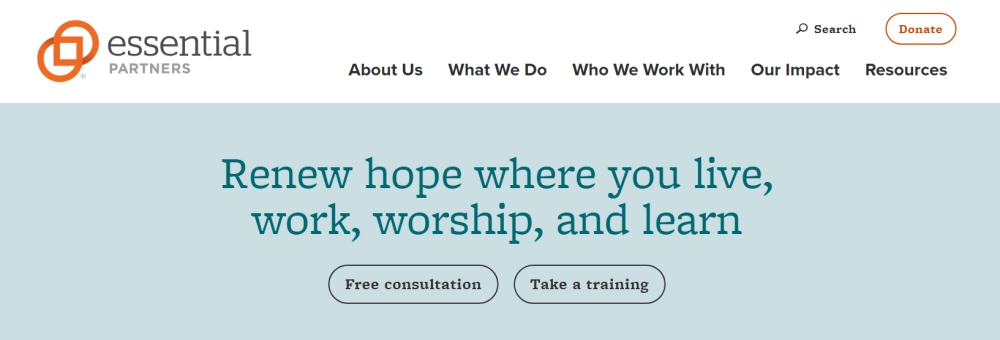
For marketers, that means when you tackle sensitive topics in campaigns, you don’t wing it. Use moderation, framing, and process design as you would any campaign asset.
Unite America
uniteamerica.org
Facebook
Instead of focusing on dialogue between individuals, Unite America zeroes in on the systems that fuel polarization in the first place. They advocate for structural reforms like open primaries and ranked choice voting, changes that shift how elections work, not just how people talk about them.

Some of the most extreme behaviors in politics are incentivized. When candidates only need to appeal to a narrow base to win a primary, the system rewards division. Unite America’s work aims to rebalance that, creating environments where collaboration is necessary to succeed.
It’s a powerful reminder for marketers and communicators: sometimes the problem isn’t the message, it’s the system around it. Whether it’s the structure of a campaign, the format of a customer feedback loop, or the way decisions get made in a team, adjusting the architecture can have just as much impact as refining the copy.
Listen First/Starts With Us/Bridging Movement Alignment Council
listenfirstproject.org
buildersmovement.org
Facebook
Instagram
These are movement-level efforts working to make listening (not shouting) the cultural default. They’re bridging political divides by treating listening and cross-partisan dialogue as part of civic infrastructure. They partner, coordinate, and push for a cultural shift.
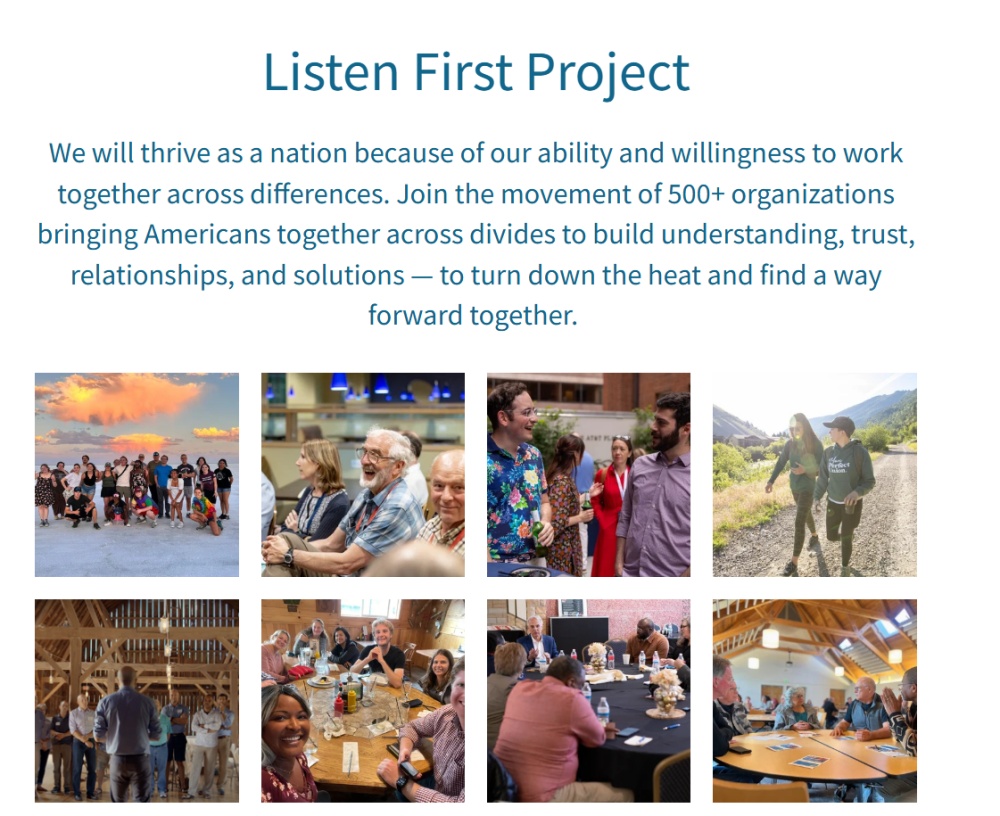
Brands can’t just parachute into culture. You need coalition and consistency. To be trusted, a brand has to be part of the ecosystem, not just a voice from the outside.
Six Traits of Great Bridge Builders
Across individuals and organizations, several core practices consistently appear. These are habits every brand can cultivate.
Even though their contexts differ, these traits reinforce each other and keep dialogues alive.
- They listen more than they lecture. Across every example, the first move is asking questions instead of stating conclusions.
- They lead with empathy. They assume the other person has coherent values, even if they disagree with them.
- They reframe instead of rebutting. Arguments land when matched to someone’s moral frame, not when they force a frame shift.
- They use structure and ground rules. Without rules about who speaks when, conversations tend to degrade under pressure.
- They invest in relationships. Trust is built over time; one interaction rarely suffices.
- They acknowledge disagreement. They avoid pretending we’re all the same by accepting tension and demanding respect.
These traits interact and overlap. Empathy in communication helps you listen. Structure helps you manage tension. Relationships help keep it going.

Marketer’s Takeaway
Bridge builders manage conflict instead of avoiding it. The same landing pad works across marketing, service, and leadership:
- In messaging: Use moral reframing. Instead of stating features, translate your value into values your audience already holds.
- In community or customer engagement: When pushback comes, lead with curiosity. Reflect. Name emotion.
- In internal leadership: Use structured dialogue (like time limits and ground rules) for debates on strategy, values, or culture.
When you build content or campaigns using these principles, you move from pushing messages to cultivating resonance.
Media Shower’s AI-powered content platform helps brands build bridges. Click here for a free trial.
